The World’s Fastest Animals That Can Kill in Seconds
Some of the planet’s most dangerous animals rely on rapid-acting venom or stealth attacks that end life in seconds. This list isn’t about who’s the biggest or loudest predator. It’s about who finishes the job before you realize you’re in trouble. These killers prove that reaction time means everything.
So the next time you’re in a jungle, reef, or your own backyard, make sure these fast-acting threats don’t mess around.
Box Jellyfish

Credit: Wikimedia Commons
Calling it a jellyfish might downplay the danger. This transparent floater carries enough venom to stop your heart in a few minutes flat. Its long tentacles fire tiny darts into the skin, flooding the bloodstream. Swimmers often collapse before reaching the shore, while some don’t even make it out of the water.
Blue-Ringed Octopus

Credit: Wikimedia Commons
It’s about the size of a golf ball and fits in your palm, but it’s carrying one of the most potent neurotoxins known to science. A nip from this little guy delivers tetrodotoxin that shuts down muscles, including the ones that keep you breathing, in just minutes. The worst part is that you might not even feel it.
Golden Poison Frogs
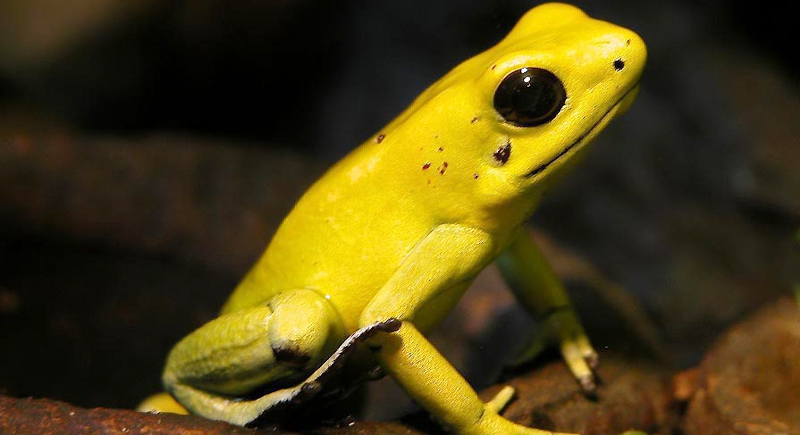
Credit: Wikimedia Commons
This brightly colored frog doesn’t need to bite or sting, because the touch would do. Its skin is coated in batrachotoxin, a nerve agent so potent that it can stop the heart within minutes of simply touching it. Indigenous groups have used its poison on darts for hunting, knowing the frog’s touch alone can be fatal.
Cone Snails

Credit: iStockphoto
This one’s just a snail with a concealed weapon, which is a sharp, hollow tooth that shoots out like a harpoon. One jab and it delivers a cocktail of toxins that shut down muscles and nerves in seconds. It’s been called the “cigarette snail” because once you’re stung, you might not live long enough to finish one.
Indian Red Scorpion

Credit: Wikimedia Commons
The venom of the Indian red scorpion affects the cardiovascular and pulmonary systems almost immediately. In children, symptoms can become severe in minutes, and without medical intervention, cardiac failure may follow. Its range includes India, Nepal, and Sri Lanka, mostly in rural areas with limited access to antivenom.
Stonefish
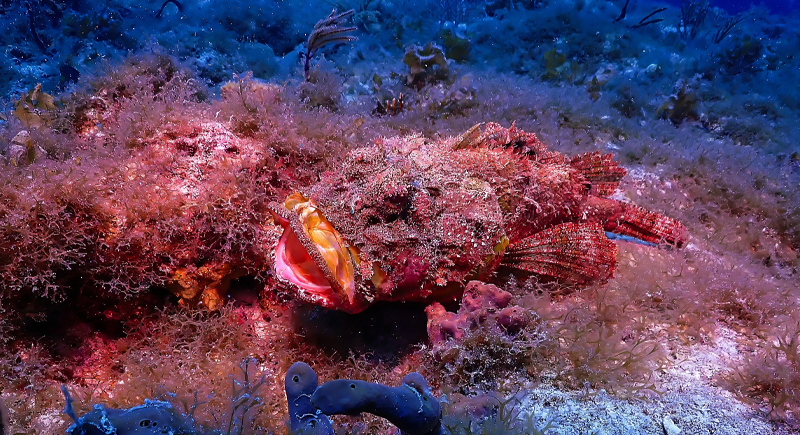
Credit: Wikimedia Commons
Blending perfectly with rocks and sand, this fish waits for a foot to land, and then injects venom through spine-tipped dorsal fins. The pain is legendary, but the real danger is what happens after. It causes paralysis, breathing trouble, and possibly cardiac arrest. It’s a barefoot swimmer’s worst nightmare.
Black Mamba
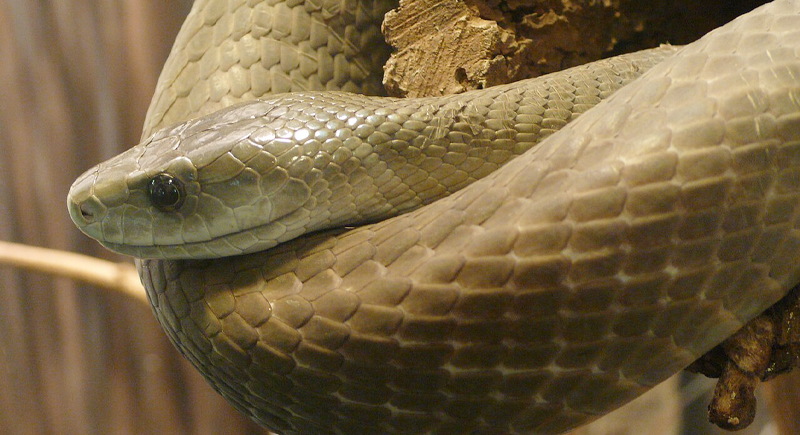
Credit: Wikimedia Commons
One of Africa’s most feared snakes doesn’t just bite. It overwhelms. Its venom causes muscle paralysis and respiratory collapse, often in under 30 minutes. Add to that its speed and reputation for repeated strikes, and you’ve got a creature that demands both distance and respect.
Brazilian Wandering Spider

Credit: Wikimedia Commons
Found in South America, this spider delivers a neurotoxin that causes severe symptoms within minutes: sweating, elevated heart rate, and respiratory distress. Children and older adults are most at risk. The spider’s tendency to hide in banana bunches has earned it the nickname “banana spider.”
Nile Crocodiles
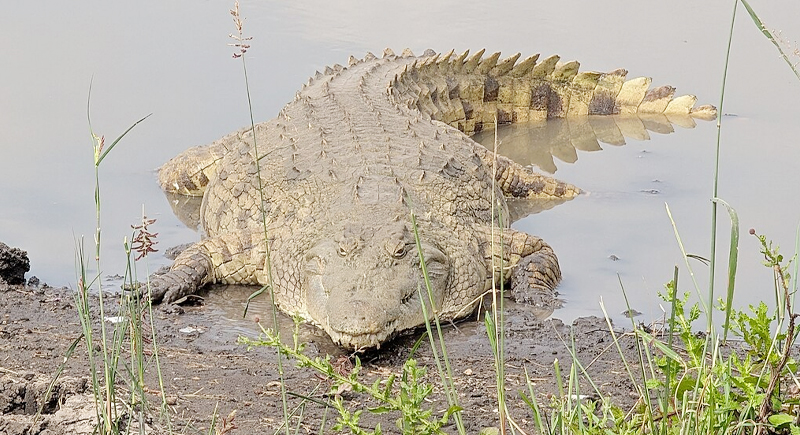
Credit: Wikimedia Commons
These aren’t patient predators. They wait in murky water and explode into motion when prey leans too close. With a bite force of 5,000 PSI, they grab, drag, and spin their victims in a “death roll.” Most die before the water even calms. Crocodiles don’t do second attempts. They don’t need to.
Dubois’ Sea Snake
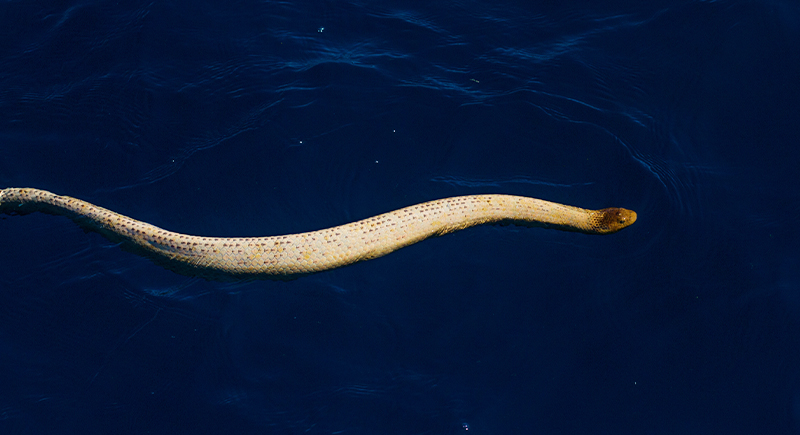
Credit: iStockphoto
Recognized as the most venomous sea snake, Dubois’ sea snake releases a neurotoxin that causes progressive paralysis. Victims can lose muscle control within minutes, including the ability to breathe. Found in Australian and Indo-Pacific waters, its bite is rare but potentially fatal without prompt antivenom treatment.
Great White Sharks
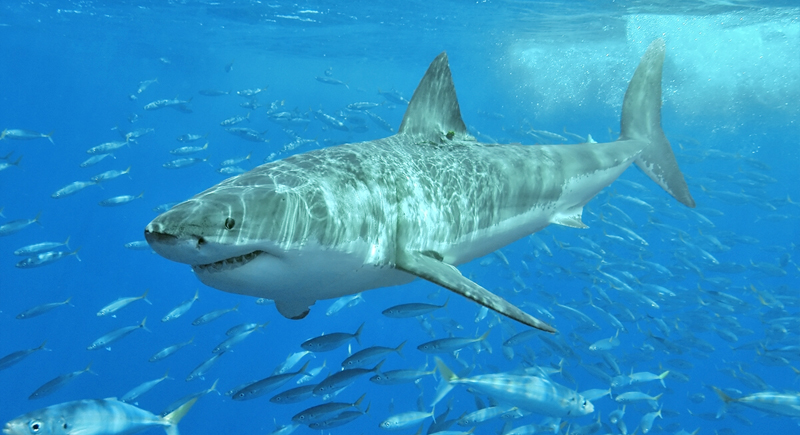
Credit: Wikimedia Commons
A full-grown great white can weigh over 2,000 pounds and hit speeds of 25 mph. When it lunges from below, the target often doesn’t see a thing until it’s too late. Though not all attacks are fatal, many end within seconds with severed arteries and catastrophic injuries that leave little time to act.
Orcas
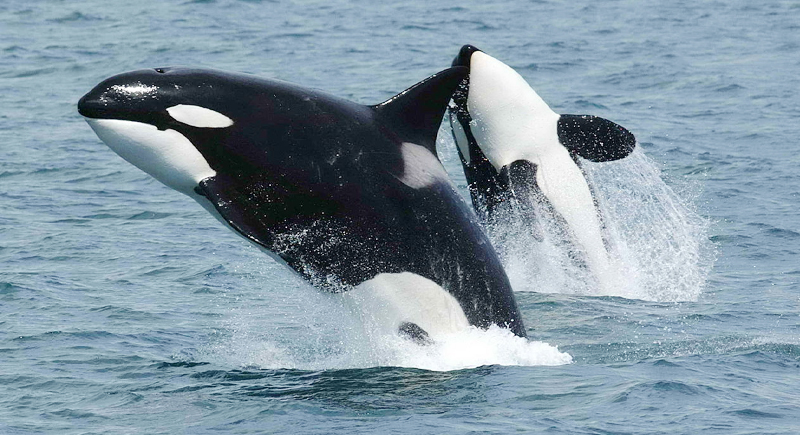
Credit: Wikimedia Commons
Killer Whales are highly intelligent hunters know how to plan an ambush. They’ll corner prey, ram it, and drown it through coordinated attacks. Sometimes they create waves to knock seals off ice, other times they body-slam their catch. When a pod moves in, death isn’t far behind. It’s efficient and fast.
Pufferfish

Credit: Wikimedia Commons
Eating one of these might sound adventurous, but it’s also Russian roulette. The toxin they carry, tetrodotoxin, shuts down nerves rapidly. Improper preparation of the Japanese delicacy “fugu” has killed diners who never knew what hit them. It starts with numb lips and can end in paralysis.
Tigers
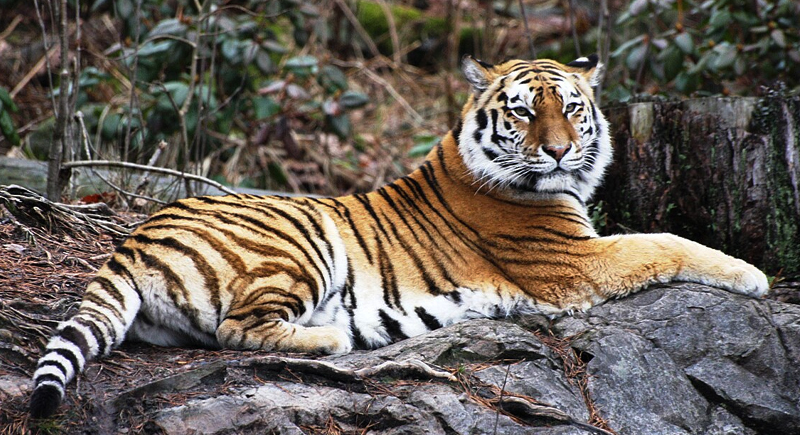
Credit: Wikimedia Commons
Tigers are built for quick takedowns. With powerful forelimbs and a bite that can crush through neck vertebrae, they use stealth and strength to end fights before they start. Human attacks, though rare, are often fatal within seconds, especially in areas where tiger habitats and human life overlap.
Polar Bears
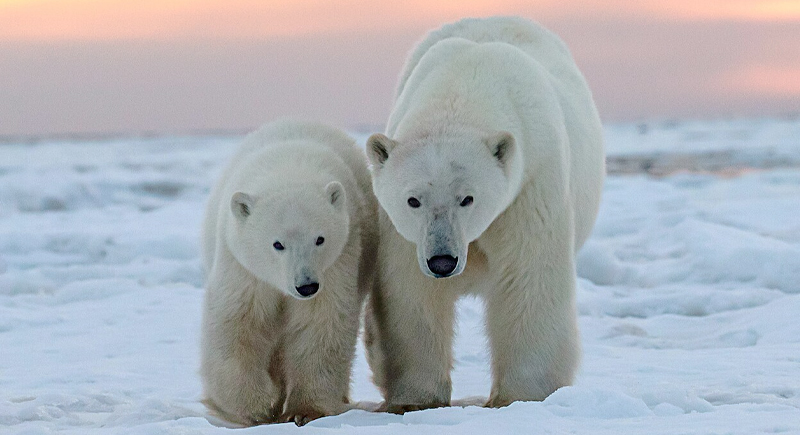
Credit: Wikimedia Commons
These massive Arctic hunters are startlingly quick when they want to be. With enough weight behind them to flatten a snowmobile and jaws that can crush through bone, a single hit or bite is often fatal. In rare encounters with humans, death can come before anyone has time to react.